Coin collecting is a fascinating hobby that intertwines history, art, and the thrill of discovery. Among the vast array of collectible coins, few are as highly sought after as the rare Lincoln pennies that have become legends in the numismatic world.
These extraordinary coins, especially those with minting errors, can fetch astonishing prices at auction, often reaching hundreds of thousands of dollars. Here, we’ll take a deeper dive into some of the most valuable Lincoln pennies, including the celebrated 1943-D Bronze Cent, and explore what makes these treasures so desirable.
The 1943-D Bronze Cent: A Truly Unique Treasure
This Article Includes [hide]
- 1 The 1943-D Bronze Cent: A Truly Unique Treasure
- 2 Why Minting Errors Matter?
- 3 The 1943-S Bronze Cent: Another Valuable Find
- 4 The 1943 Bronze Cent from Philadelphia: A Legendary Coin
- 5 The 1943 Bronze Lincoln Cent: A Smaller Club of Rarity
- 6 Why Collecting These Coins is So Thrilling
- 7 Conclusion: The Magic of Minting Errors
One of the most iconic coins in the world of numismatics is the 1943-D Bronze Cent, which recently sold for a staggering $840,000 at auction. This penny stands out for a very special reason: it is the only known 1943 penny minted in bronze at the Denver Mint.
In 1943, the U.S. Mint shifted to producing steel pennies to conserve copper for the war effort during World War II. However, due to a rare mistake in the production process, a small number of pennies were accidentally minted in bronze, a metal typically used for coins struck before the war. The 1943-D Bronze Cent remains the only example known to have been struck in this material at the Denver Mint, making it a true rarity and an incredibly valuable find.
Also Read: A Rare Dime Just Sold for Over $500,000—Here’s Why It’s Worth a Fortune
Why Minting Errors Matter?
Minting errors are a common feature among many rare and valuable coins. These mistakes can occur for several reasons during the production process, creating coins that differ from the intended design. There are three major categories of minting errors that can increase the value of a coin:
- Material Anomalies: These occur when a coin is struck from an incorrect metal or material. The 1943-D Bronze Cent is a prime example of this type of error, as it was mistakenly struck in bronze instead of steel.
- Design Errors: These mistakes happen when the die used to strike the coin is damaged or misaligned, leading to imperfections in the coin’s design.
- Misstrikes: These occur when the coin is struck incorrectly, either missing key features or appearing with unusual shapes or features.
These errors make the coin rare and desirable to collectors who are looking for something truly unique.
The 1943-S Bronze Cent: Another Valuable Find
Not far behind in terms of value is the 1943-S Bronze Cent, a coin that fetched an impressive $504,000 at auction. Struck at the San Francisco Mint, this penny is another example of the rare bronze coins produced during the 1943 production year. Like its Denver counterpart, the 1943-S penny was mistakenly minted in bronze, which makes it a particularly valuable piece of numismatic history.
The 1943-S Bronze Cent is also remarkable for its well-preserved condition, with the coin retaining its sharp details, including the intricate features of Lincoln’s hair and the wheat stalks on the reverse. Collectors especially appreciate the coin’s brown and crimson tones, which further enhance its rarity and beauty.
The 1943 Bronze Cent from Philadelphia: A Legendary Coin
Perhaps one of the most well-known of all the 1943 bronze pennies is the one struck in Philadelphia. With an estimated 20 known examples, this coin has achieved legendary status among collectors. A prime example of this rarity sold for $372,000 at auction, capturing the attention of numismatists around the world.
This particular coin is famous for its rich brown patina, which has aged beautifully over the years, with some red highlights still visible in protected areas. It was first discovered in 1957, sparking rumors that the coin was so valuable it could be traded for a new car. To this day, the 1943 Bronze Cent from Philadelphia is considered one of the most coveted coins in numismatics.
The 1943 Bronze Lincoln Cent: A Smaller Club of Rarity
In addition to the Denver and San Francisco examples, another bronze penny from 1943 also deserves special mention. This particular coin sold for $348,000 and is one of only 10 to 15 known examples, making it an incredibly exclusive find. Known for its warm brown hue and the iconic wrong-planchet error, the 1943 Bronze Lincoln Cent is a highly prized possession among collectors.
Despite the scarcity of these coins, the stories behind their minting errors continue to fascinate collectors. The combination of historical significance, rarity, and visual appeal makes the 1943 Bronze Lincoln Cent a standout piece in any collection.
Why Collecting These Coins is So Thrilling
The thrill of coin collecting lies in the search for rare and valuable specimens. The 1943 Bronze Cent and other similar errors highlight how even small mistakes during minting can lead to treasures worth hundreds of thousands of dollars. These coins tell a story, not only about the U.S. Mint’s production processes but also about the broader history of the country during wartime.
For collectors, these rare Lincoln pennies represent the pinnacle of numismatic achievement. Each coin offers a unique glimpse into the past, and the excitement of discovering one of these hidden gems continues to captivate enthusiasts around the world.
Also Read: Priceless Legacy: Rare 100-Year-Old Gold Coin Collection Revealed to Be Worth Millions
Conclusion: The Magic of Minting Errors
Rare Lincoln pennies, particularly those from 1943 that were struck in bronze, are some of the most valuable and sought-after coins in the world of numismatics. Whether it’s the 1943-D Bronze Cent, the 1943-S Bronze Cent, or any of the other examples from this period, each coin holds a piece of history that collectors eagerly seek to add to their collections.
As the prices of these coins continue to rise, they serve as a testament to the enduring appeal of rare numismatic treasures, where even a small mistake can lead to a truly extraordinary find. For those in the world of coin collecting, these pennies are not just currency—they are a living piece of history, forever treasured for their rarity and beauty.

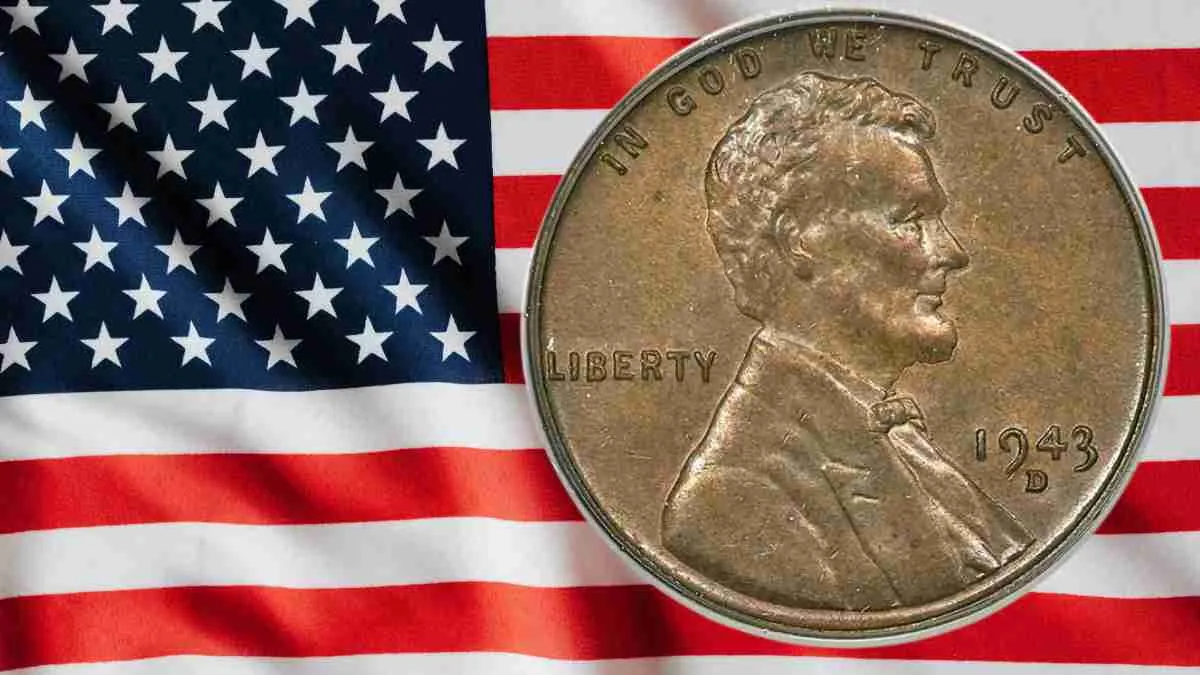
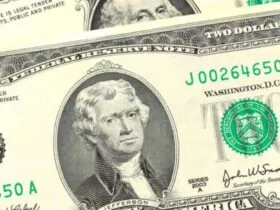
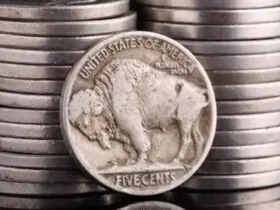
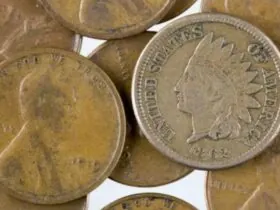

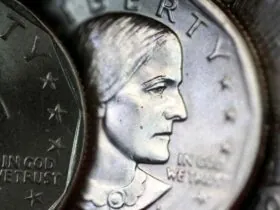
Leave a Reply